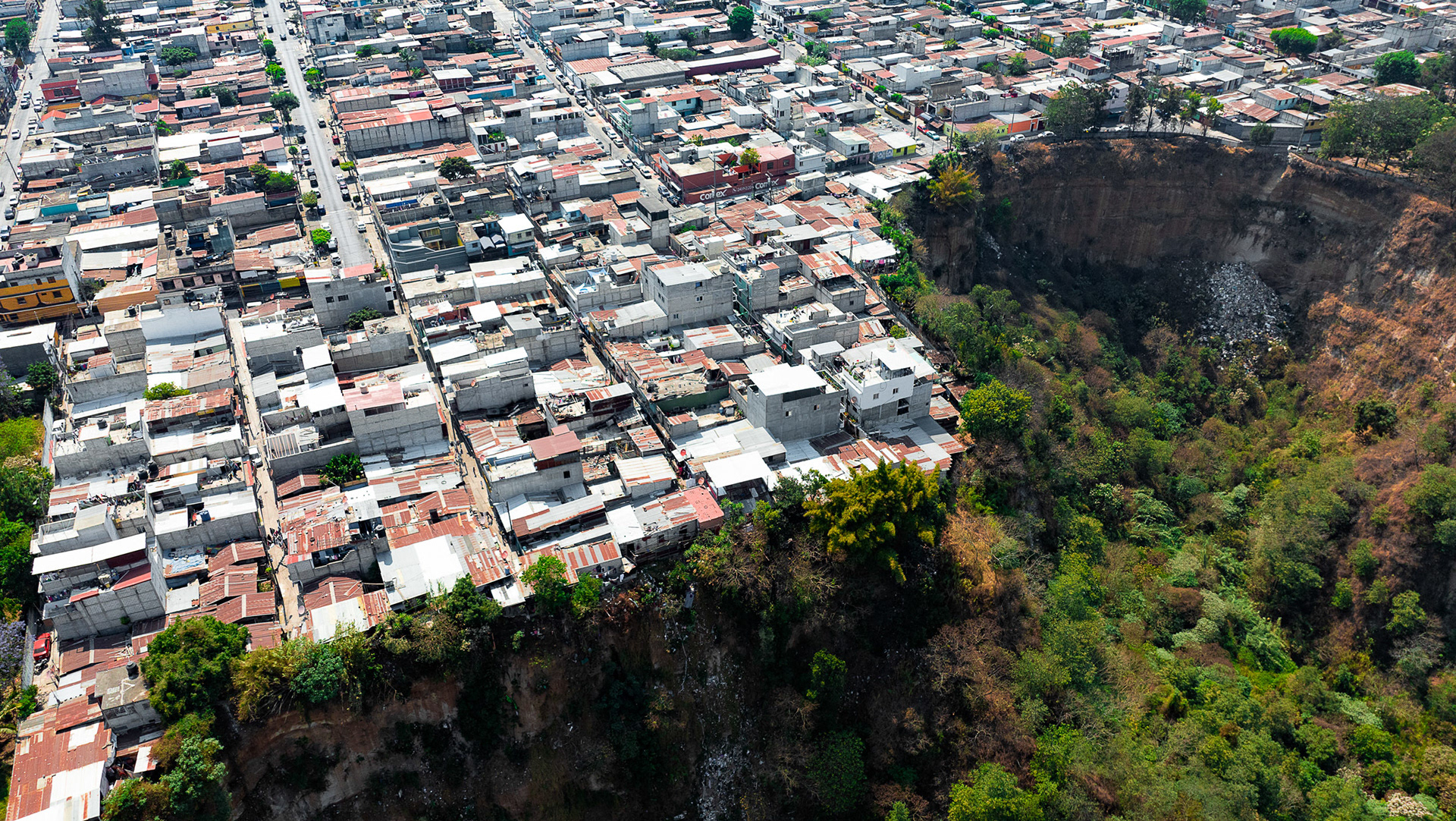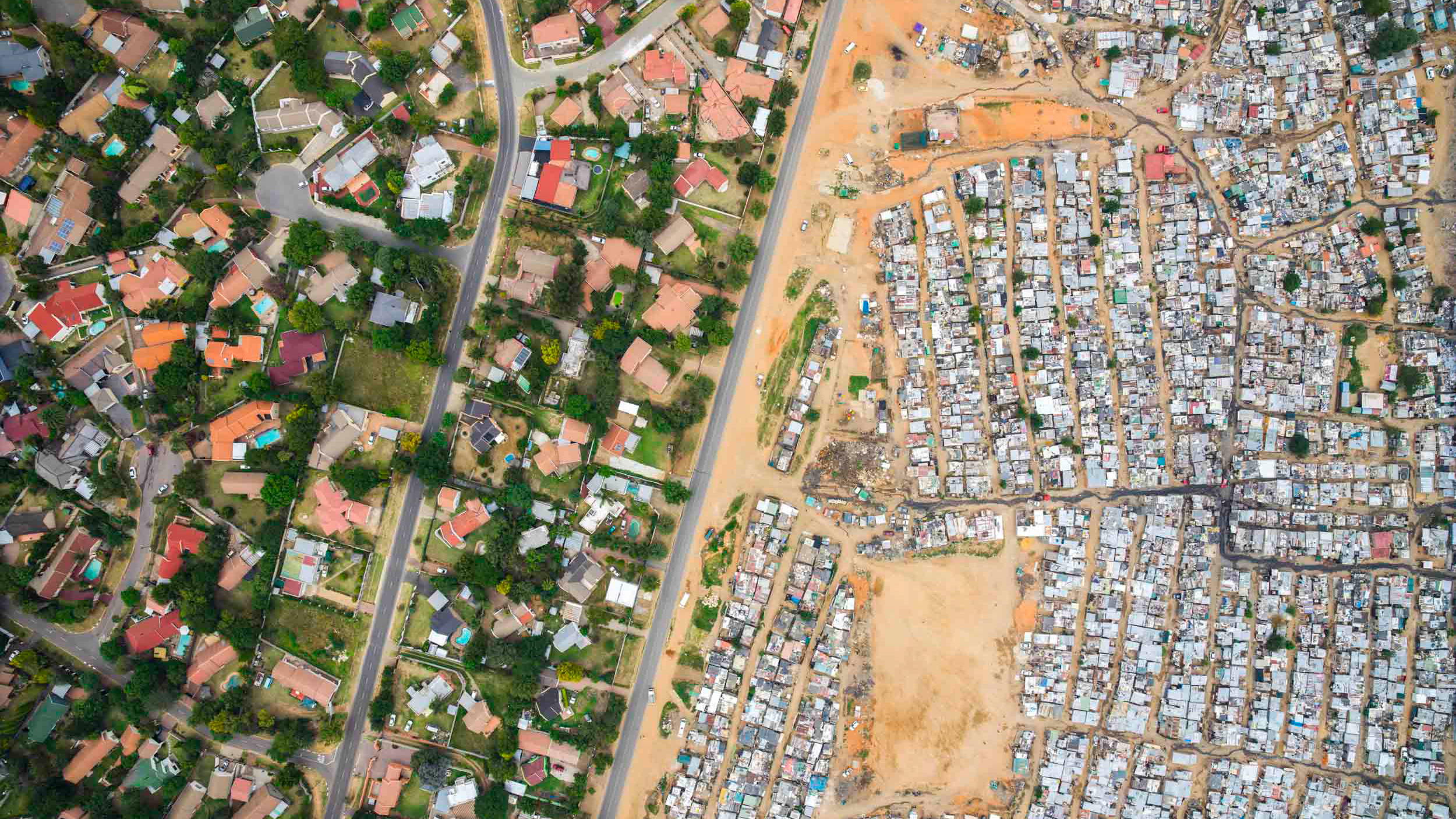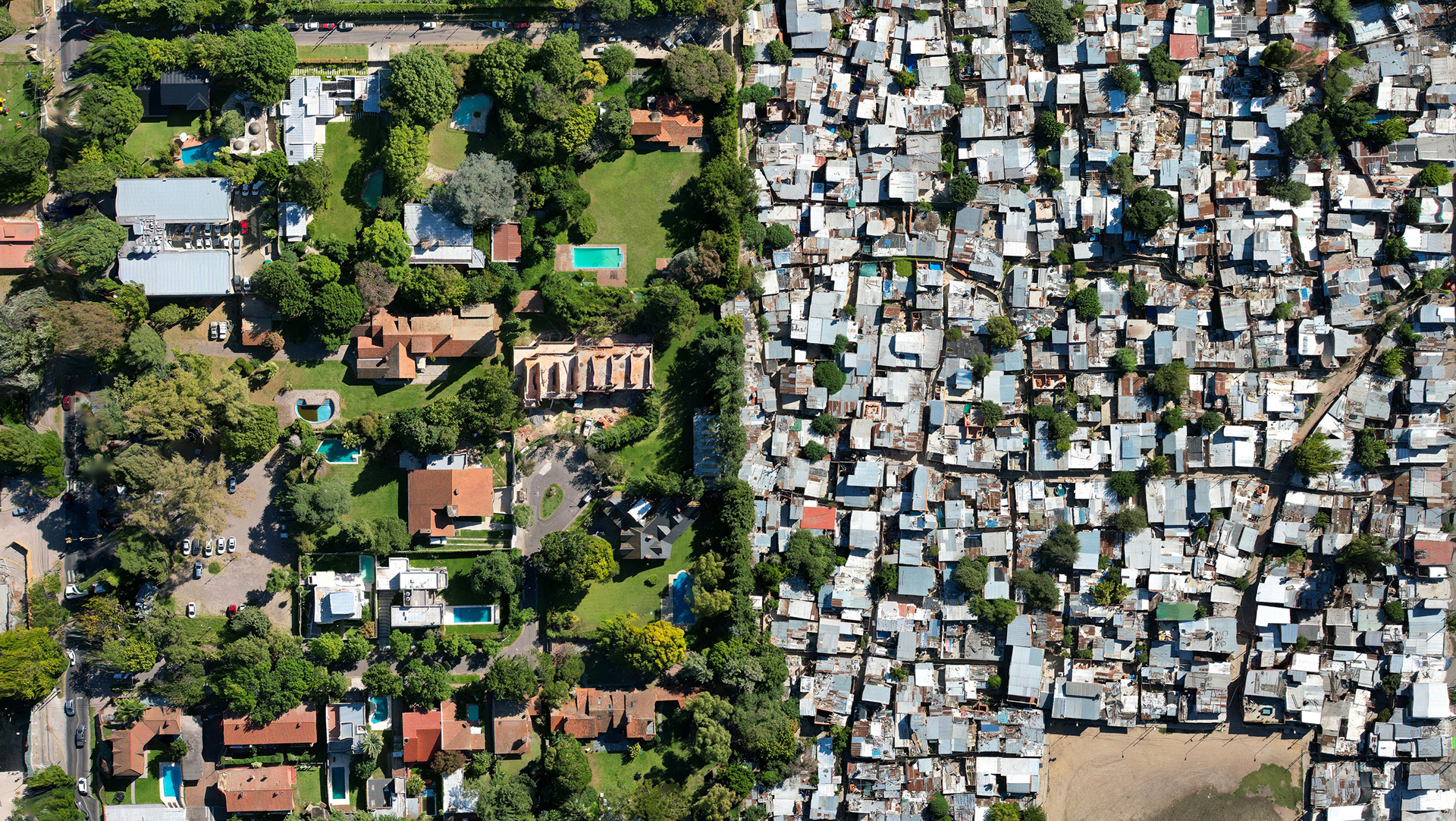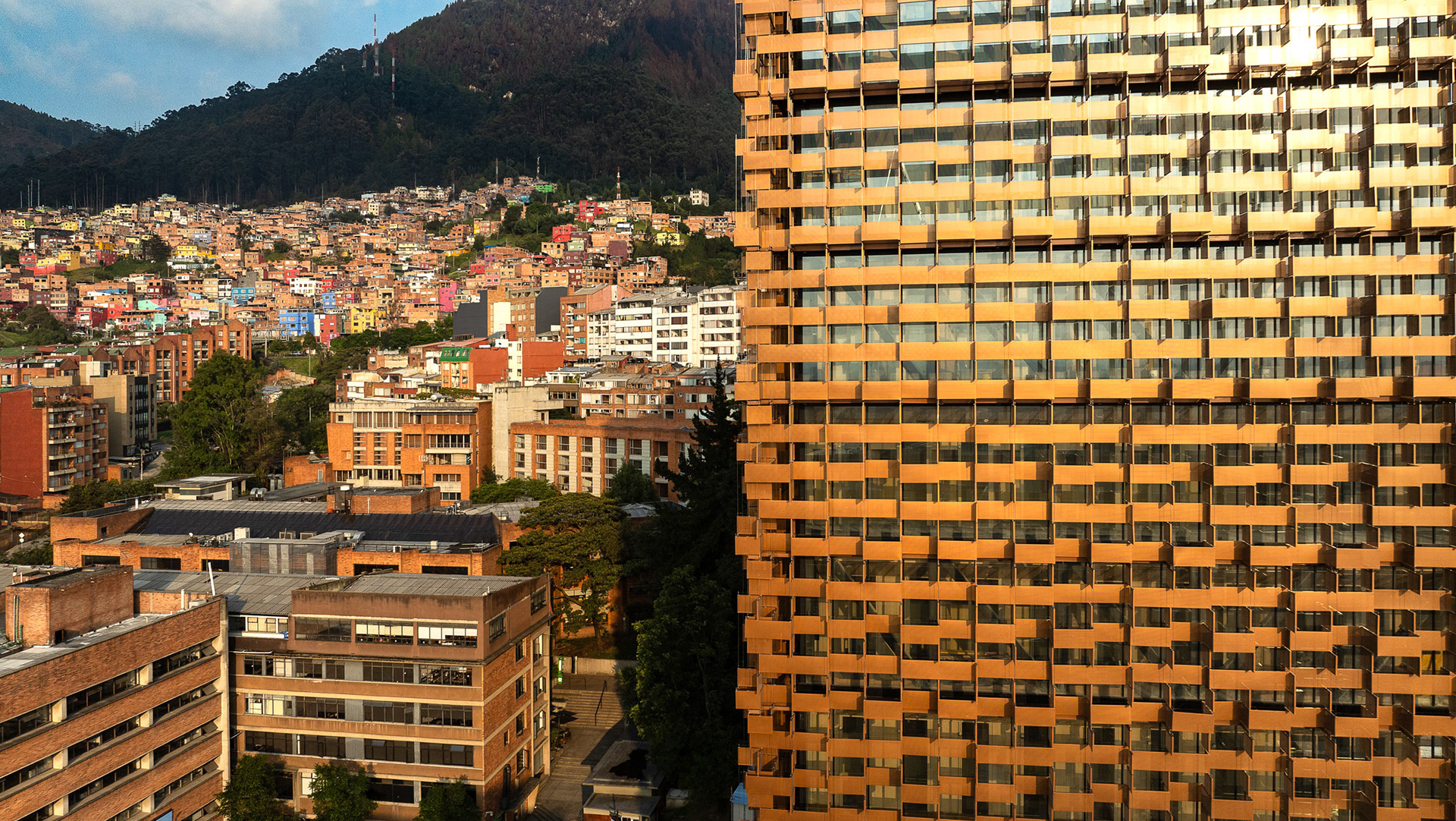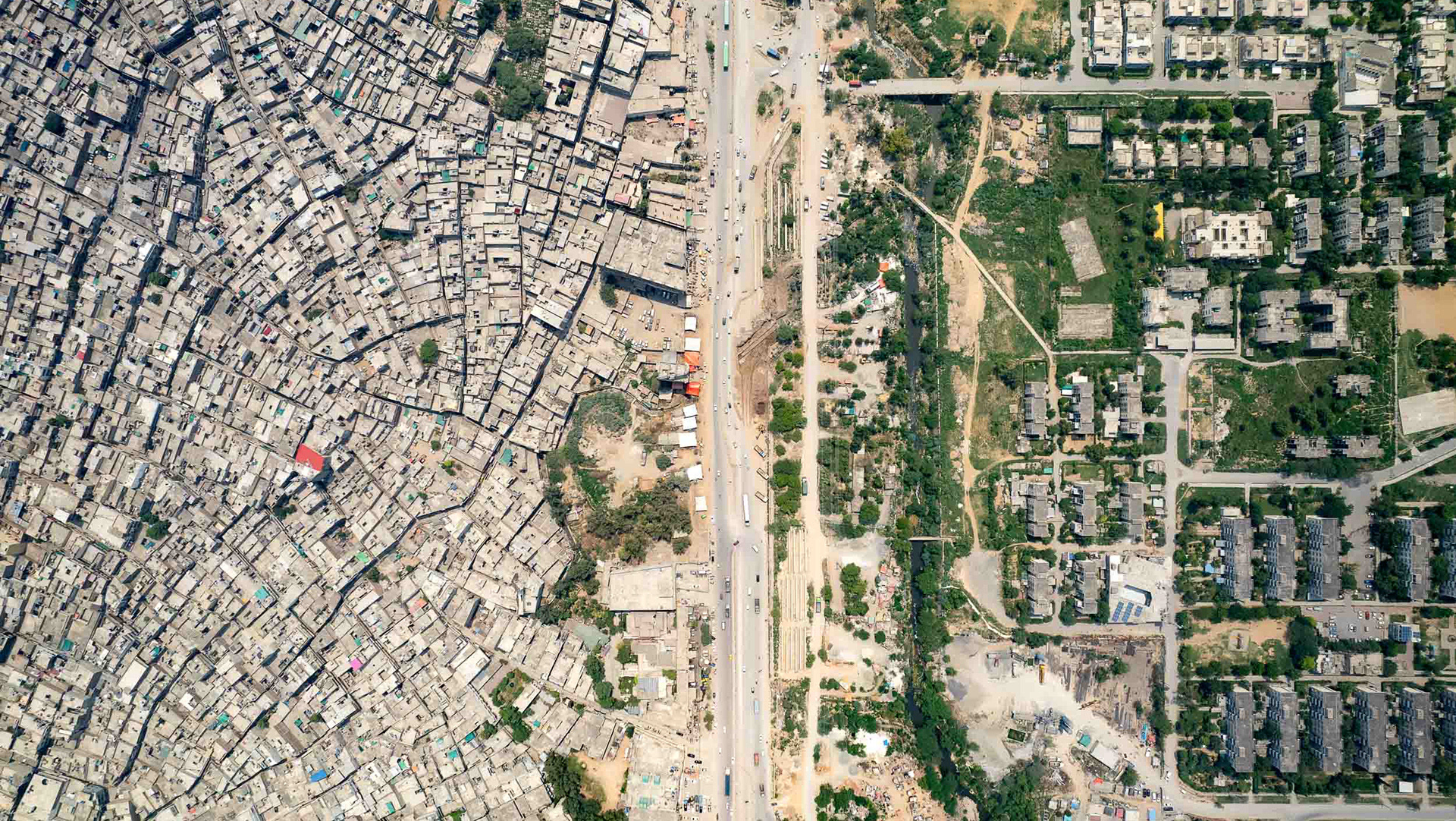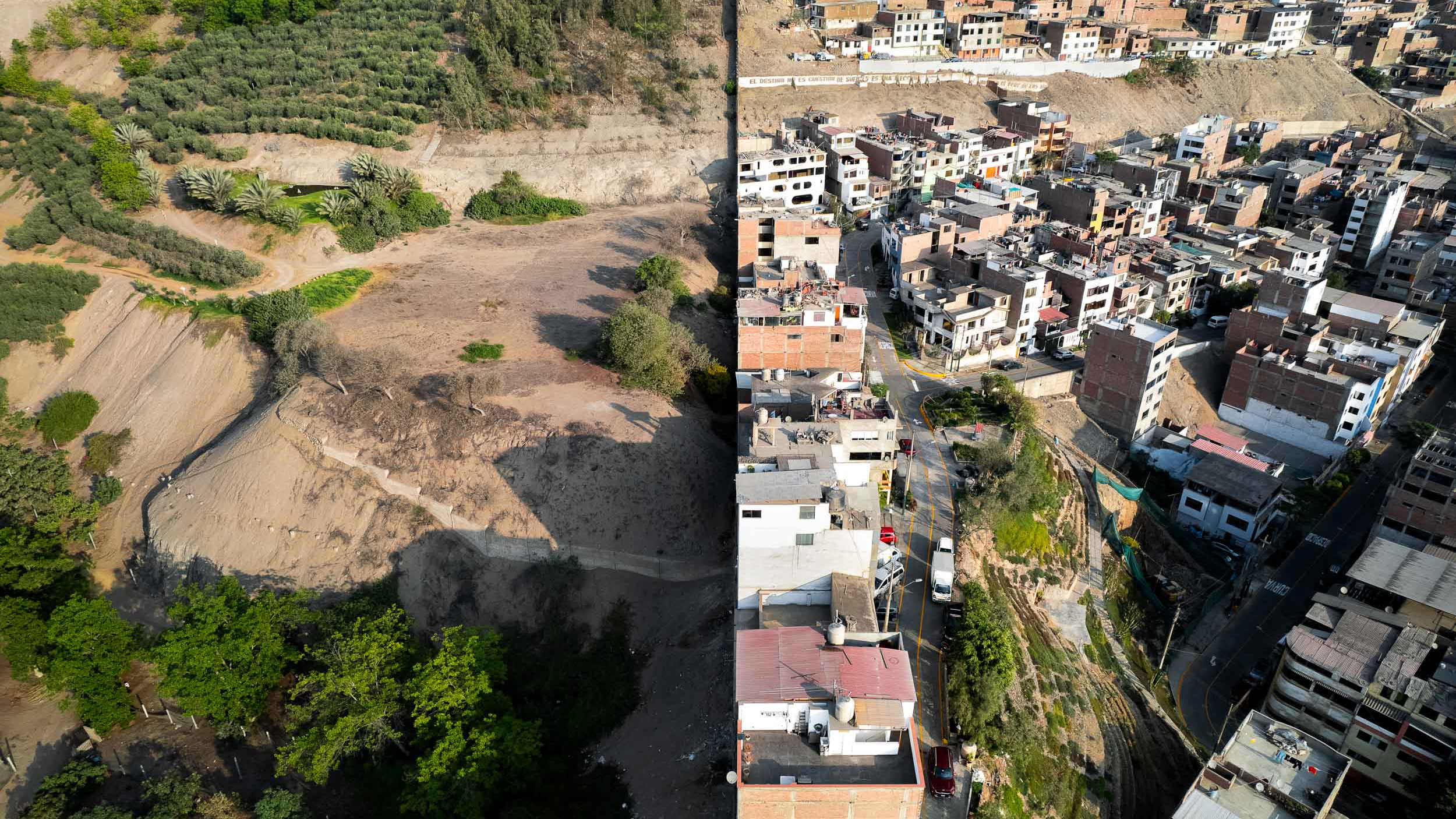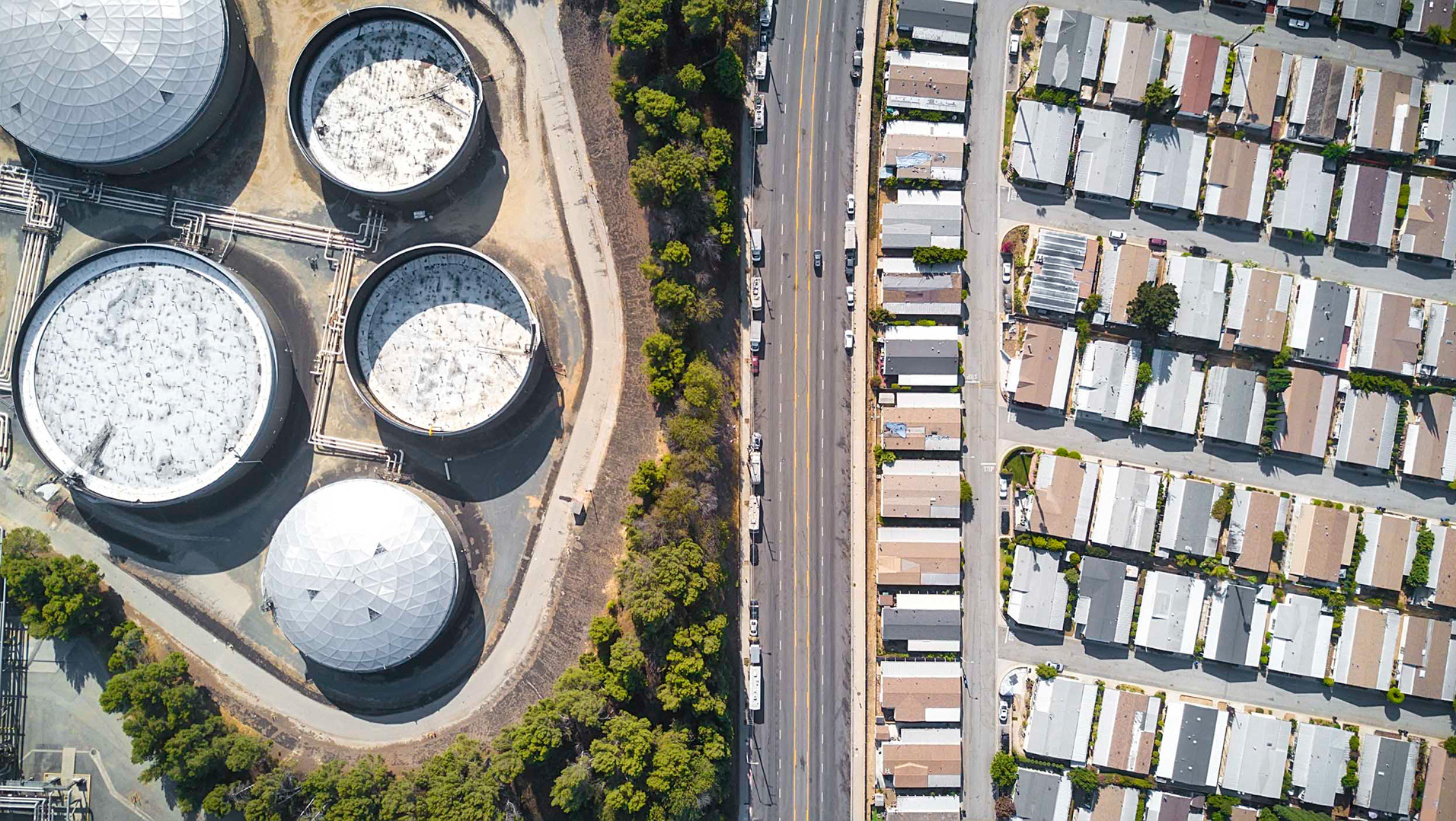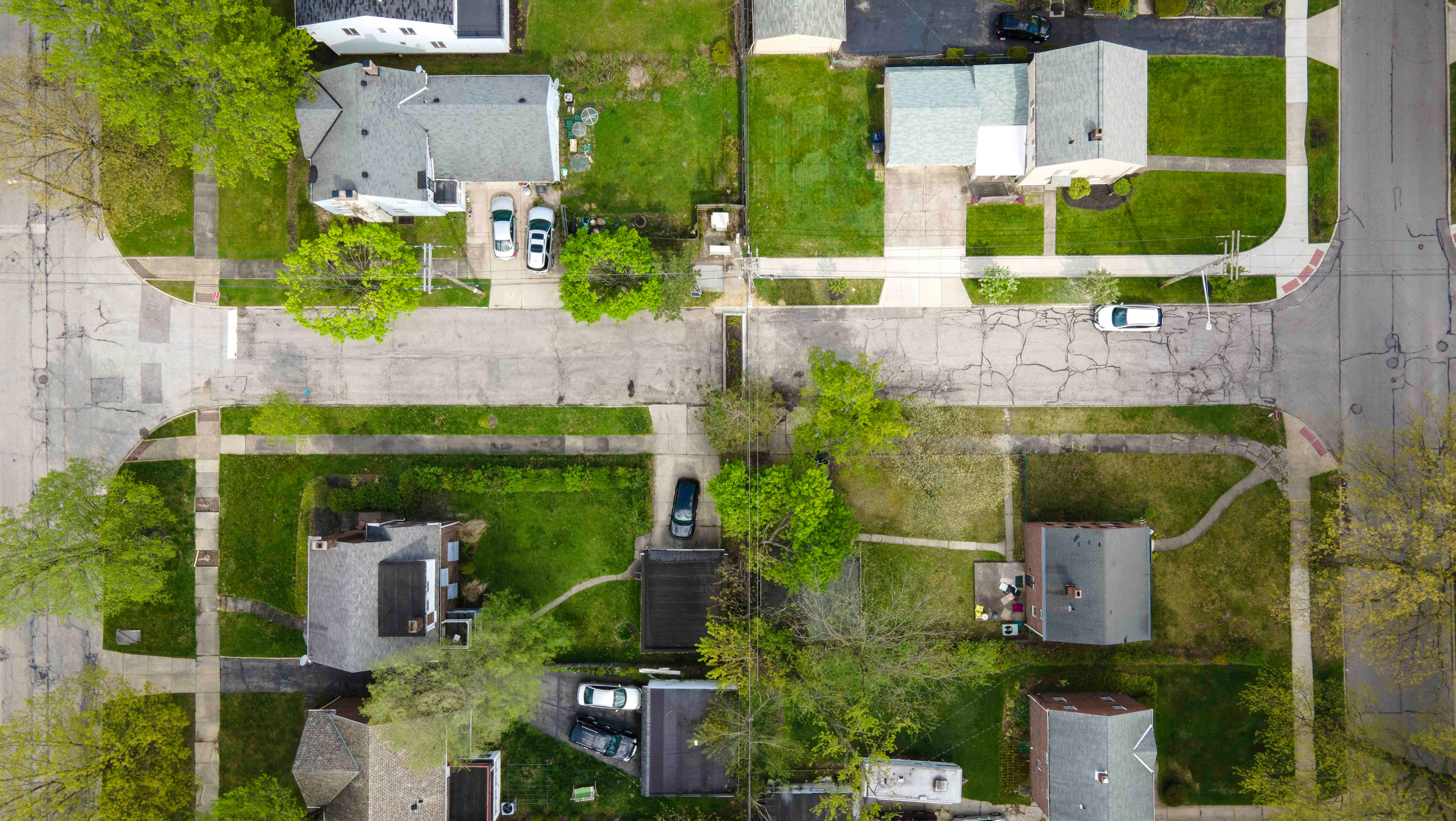Boca La Caja, with banks and apartment buildings behind.
The center of Panama City, with the canal in the background.
On the city's periphery, new development of identical tower blocks and informal neighborhoods exist side by side.
The fisherman's neighborhood of Boca La Caja is bounded on two sides by wealthy tower blocks, where families can swim or walk their dogs at the end of the day.
Boca La Caja.
The land in Boca La Caja is not cheap. Much like other inner city slums in rich cities, for example Mumbai, the houses here sit on extremely valuable land that is prime for development into wealthy real estate.
Cerro Patacón is the city's main landfill, which often is burning, covering the downtown area in toxic smoke. Hundreds of people live next to the dump as waste pickers.
The boundary between Cerro La Cruz and the neatly gridded and formal neighborhood of Villa Lucre.
A factory which processes vegetable oil within the Boca La Caja community has left a dark smear in the direction of the prevailing winds.
The boundary between Villa Lucre and lower income zones to the west.

